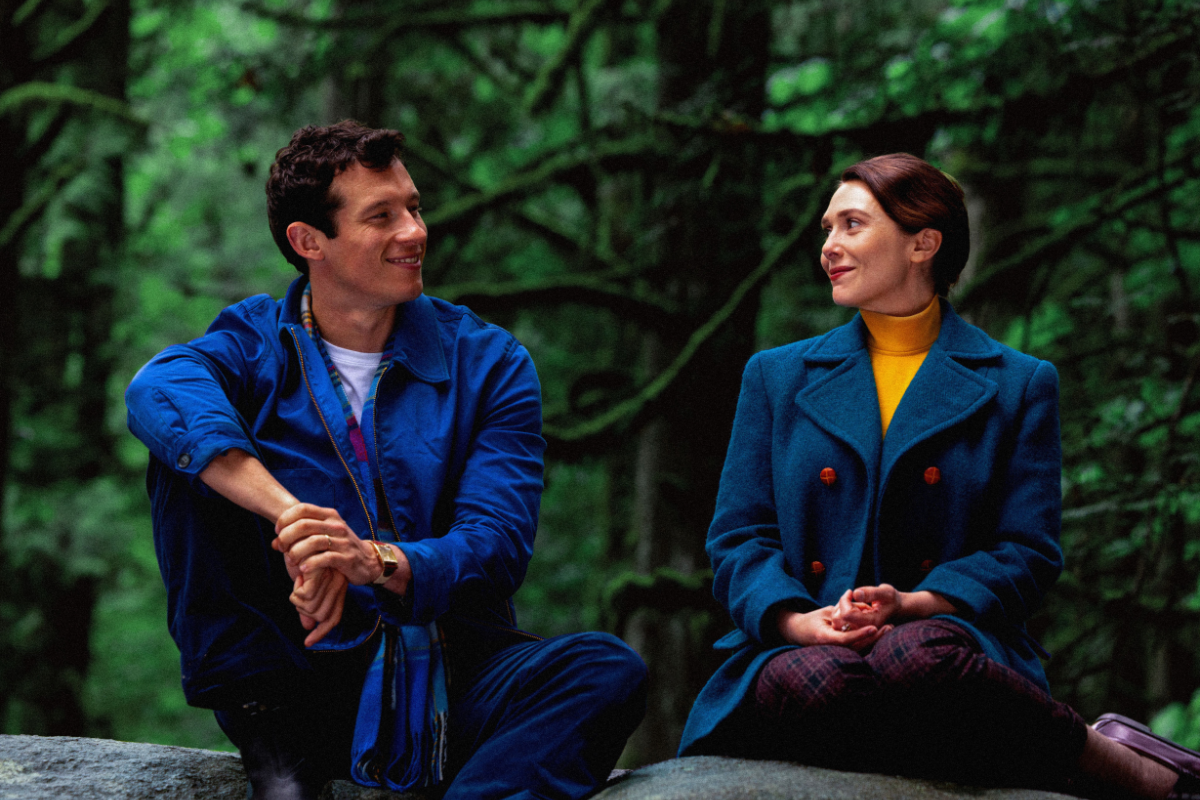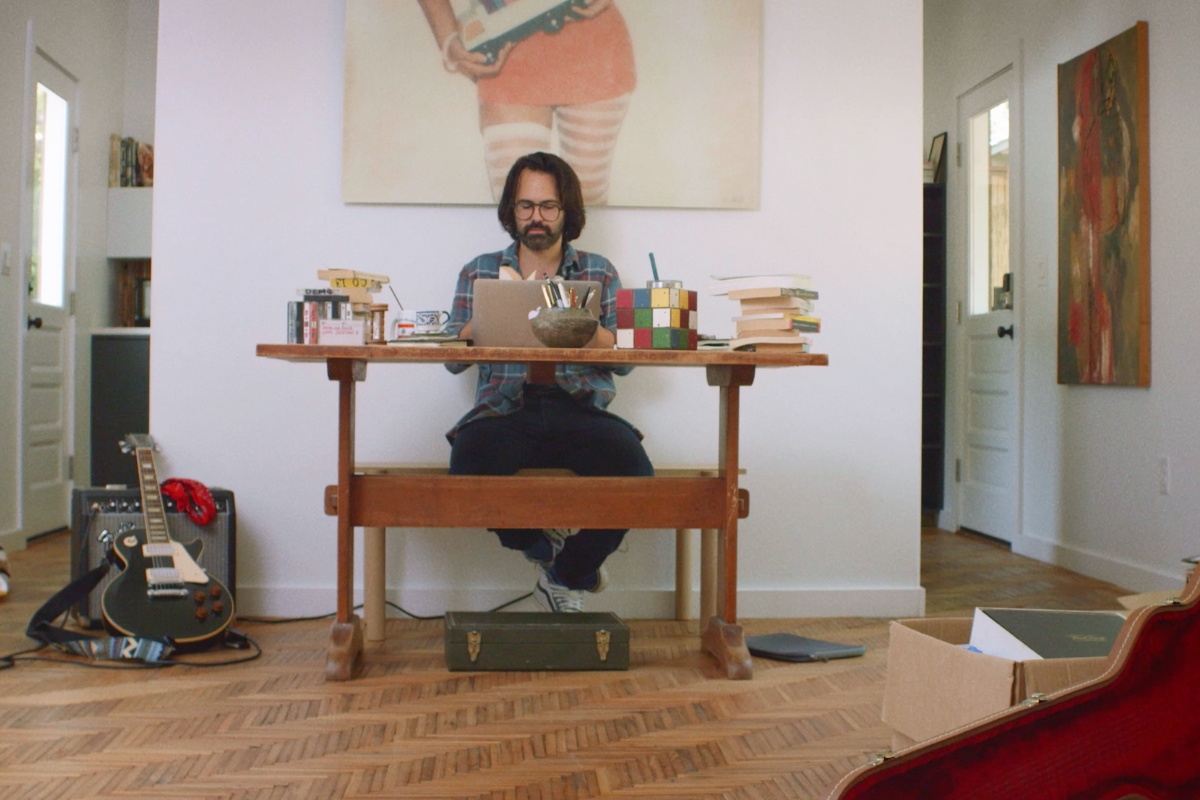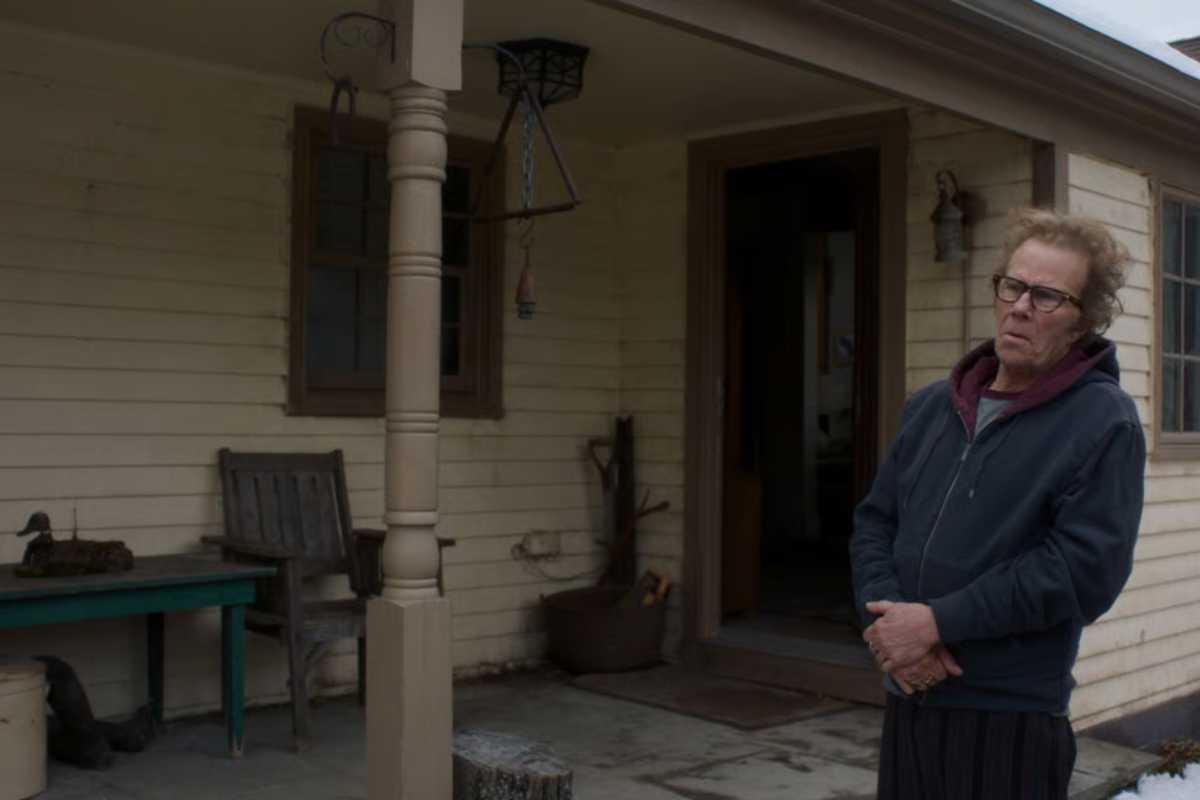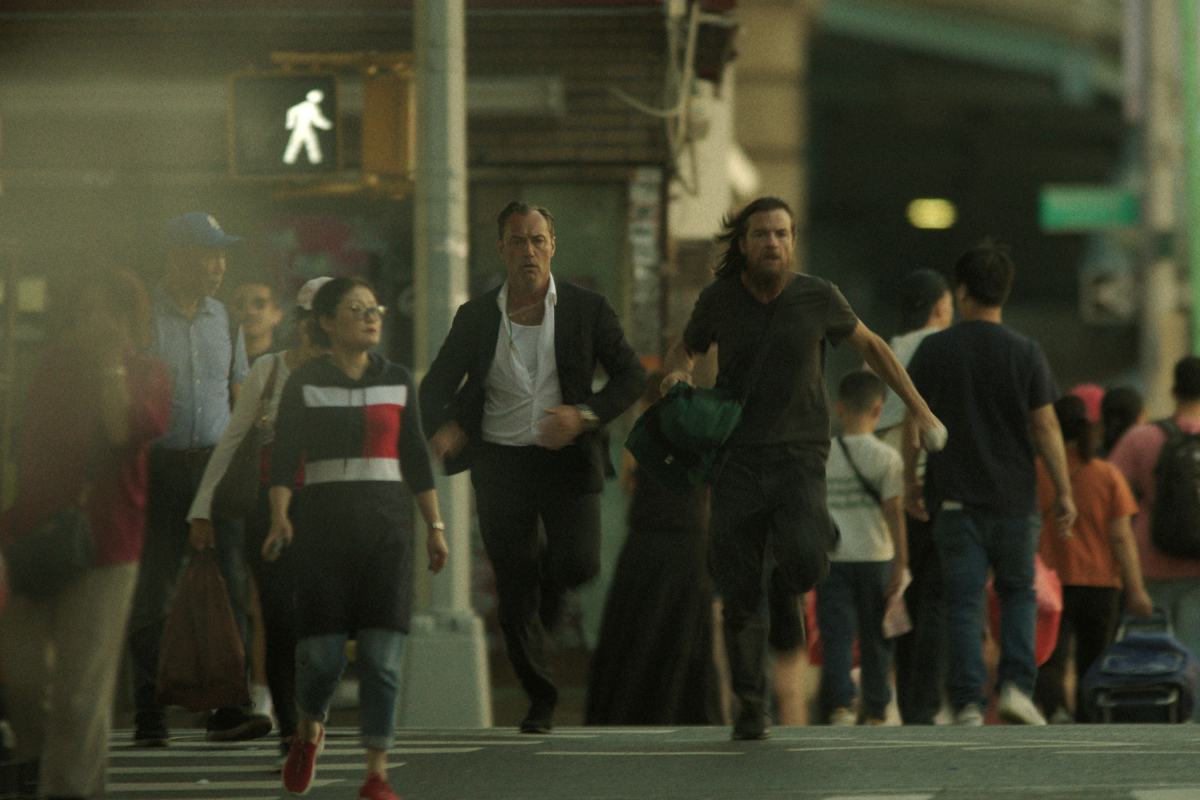Legally Speaking, It Depends – Clearances
The savvy writer should be aware that an important aspect to the cost of production is the procedure of clearing the script to ready the project for production. This isn’t…
The savvy writer should be aware that an important aspect to the cost of production is the procedure of clearing the script to ready the project for production. This isn't a process of making sure the script is short enough to pass through a doorway. These are the legal and business reviews necessary to make sure that there aren't any potential issues that could stymy or halt a production or cost it dearly by treading upon a third party's rights. Clearance is the general term for this necessary evil and it covers a lot of different, niggling problems. We'll cover the main ones.
Clearing the Conscience
Clearance means different things to different departments.
The music department intends clearance to mean getting the rights for the musical compositions and sound recordings as well as any associated appearance rights straight and paid for prior to release of the film for every media and territory of distribution.
The legal department will go through the script for clearance of any and all references to actual persons or products to make sure that they are used in a proper manner and that any waivers or compensation is handled long before it becomes an issue.
There is also the issue of prior rights as in the usage of licensed elements which technically should be reviewed to make sure the production hasn't overstepped the authority they've been granted by the rights holder.
Though not always thought of as a clearance issue there are the aspects that prop and set departments need to address when a specific venue, location, prop or article is referenced in the script. Making sure these selections are properly represented as dictated by the script require a verification step that might be quite intricate. E.g. what particular shade of green does Starbucks use in their logos and trade dress?
Speaking of Starbucks, there is the whole issue of using trademarked products within a production. Do you need permissions? Can you use it if you don't bring attention to it? Can you never use actual product merchandise at all? And even if you avoid all logos and identifying marks, if your set is a spitting image of a recognizable commercial establishment you might have to worry about infringing a protection called trade dress. (Face it, we've all woken up from a bender in a restaurant at 3am and before we every see a logo we know for a fact that our friends have carried us into a Taco Bell. It's just got that look. That's happened to everyone, right?)
Coke Cans, Beer Bottles and Earthmovers
Turns out, these last questions are much more complicated than they first appear. Some productions go way overboard in making sure they infringe no one by blurring in post every potential logo or trademark that happens to pass in front of the lens. This might be a solution for reality television where the time crunch and lack of a storyline allow for such measures, but, what if you don't have the budget for that much post production? Is it strictly necessary?
Some productions take a replacement approach. If you look carefully, the LAPD vehicles you see on TV and in the movies aren't representative of the real-life police graphics. Since the L.A. officials are very protective of their image, they are highly restrictive about use of their trademarked logos. There's an entire Hollywood industry that creates realistic seeming, but completely made up logos for any product you need to put on screen. From police cars with a variation on the “protect and serve” slogan of the cops to brands of cereal and beer that no one has every consumed, all camera ready and stored in a warehouse.
But there are other protections as well. If you are using name brand products in the express manner in which they are marketed and intended then legally there is not much a trademark holder can complain about. The key is to use the product exactly like it is supposed to be used. If a group of friends buy a few bottles of Coke and the logos are seen while they are drinking them, there shouldn't be an issue. Now, of course how it is used is a subjective issue and every case should be evaluated for likelihood of raising concerns. If you make it a plot point that the villain always drinks an ice cold Dr. Pepper after every heinous killing, the association might be hard to ignore. Even if the production would win the lawsuit in the end you might consider finding a less controversial affectation for your villain.
Still, even the most prudent approaches might end up having a court decide. Just ask Disney, who's George of the Jungle 2 film raised hackles and a law suit from Caterpillar, the earth mover, bull dozer company. Seems Caterpillar was upset with their machines being used by the villain to bulldoze an entire forest with their company logos easily discernible between the fallen and mangled trees. A settlement was reached after the judge determined that using a machine in a manner in which the manufacture intended, even in a silly movie, doesn't cause much, if any, harm to the trademark owners.
Special Uses and Risking It
There are other considerations for uses of company logos, slogans and the like that might not be the norm, but, should be vetted by your legal team at some point. Examples of uses that make lawyers sweat include using brand names in the title of the film or as names of characters. Anyone see Harley Davidson and the Marlboro Man? I can't imagine that was an easy decision to stick with considering that the impact of using the property of a couple of unrelated commercial entities in a rebel movie as the names of both the movie and main characters. Consider that the questions come up with every movie poster, trailer, commercial, and personal appearance. Quite ballsy to stick with that decision back in the day.
More recently a filmmaker took using commercial entities logos to the furthest extent possible. The short film Logorama in 2009 not only used thousands of companies logos to actually construct the 3D world, but, many of the trademarked characters were used as actual characters in the film. And not necessarily in any way the original owners had intended their use. Just consider who ended up being the villain! (It's a spoiler so you'll have to see the movie yourself to see what I mean.)
Just how much of a risk is a writer taking in including trademarks in a script or a filmmaker showing company logos on the set? As you can expect by now, my answer is, it depends. There's a sliding scale of risk and the further along the scale you go the higher the possibility of the owners possibly suing you.
Scale of Risk
Likely allowable uses – using the product as directed and not associating that use with too much negativity. Low risk of reprisal (but not none).
Suspect uses – using a product out of the ordinary course of it's expected usage, or deliberately connecting use of the product to a disreputable nature or character trait. This starts to tread on implied guilt by association and might perk a few more eyeballs to take notice.
Very suspect uses – using a product or product's slogan directly in a non-intended manner that disparages the company. This will definitely get noticed. Will it get sued? It depends. As far as I know no one has sued the makers of Logorama as yet. There is always the “Streisand Effect” to consider as a company. But you have to acknowledge that working in this manner carries a considerable risk.
Defamation of Product
Trademark law and the Lanham Act are the usual go-tos for commercial protection of a business' reputation. These laws are narrow in focus, though, intended to protect the consumer from being confused in the marketplace. These arguments don't travel well into the realm of film and its otherworldliness. But there are other avenues that might be available for a company to come after a filmmaker. Defamation of Product is a nascent legal strategy that seeks commercial product protections against misuse or misassociation similar to defamation of a public person. It is still being contended and formulated in those courts that will entertain the notion, but, it is an attempt to counter the very strong first amendment rights of expression. And lawyers are always coming up with new ways of going after a suspected wrongdoer.
What's a Writer to do?
Be aware. Make sure you are using it intentionally and can defend the reasoning. Don't hide it. Logorama was still made even through every lawyer I know who watched it (including myself) cringed and was glad they weren't working for the production company.
Sometimes you need to have the balls to do the thing that could lead to a lawsuit. The lawyer for the New York Times with regard to the publishing the Pentagon Papers reportedly said, yeah, we'll be sued, but, I'd rather work for a company that did the right thing and paid for it, than the other way.
Related Articles and Tools to Help:
- More Legally Speaking, It Depends articles by Christopher Schiller
- Legally Speaking, It Depends: Do I Need an Entertainment Lawyer?
- Legally Speaking, It Depends: Ripped from the Headlines
- Legally Speaking, It Depends: Are Ideas Free to Steal?
- Hollywood Screenwriting Directory
- Copyright and Contracts On Demand Webinar
- All You Need to Know About the Movie and TV Business
- The Writer Got Screwed (But Didn’t’ Have to): A Guide to the Legal Business Practices of Writing for Entertainment
Christopher Schiller is a NY transactional entertainment attorney who counts many independent filmmakers and writers among his diverse client base. He has an extensive personal history in production and screenwriting experience which benefits him in translating between “legalese” and the language of the creatives. The material he provides here is extremely general in application and therefore should never be taken as legal advice for a specific need. Always consult a knowledgeable attorney for your own legal issues. Because, legally speaking, it depends... always on the particular specifics in each case. Follow Chris on Twitter @chrisschiller or through his website.







